Research at UC Santa Barbara reveals how a phenomenon first discovered 100 years ago impacts state-of-the-art devices.
.
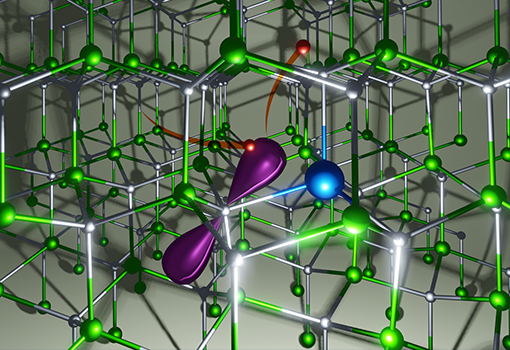
Concept illustration depicting the trap-assisted Auger-Meitner process at a calcium substitutional impurity (blue) in a gallium nitride crystal lattice (green and silver spheres). An incoming electron (red) gets trapped in a localized state (purple), and its energy is transferred to another electron. Illustration by Fangzhou Zhao.
Research at UC Santa Barbara reveals how a phenomenon first discovered 100 years ago impacts state-of-the-art devices.
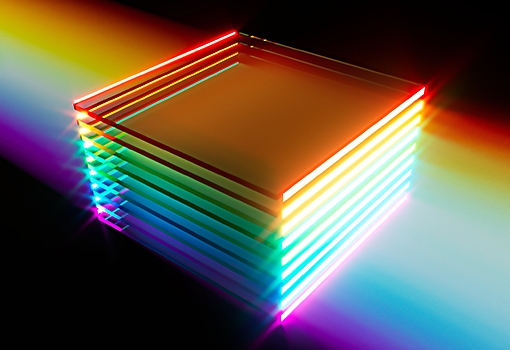
Artist's concept illustration depicting a stack of heterogenous materials similar those used in this project. Illustration by Brian Long
3D integration of monolithic and heterogeneous layers allows the Bowers lab to achieve an important milestone.
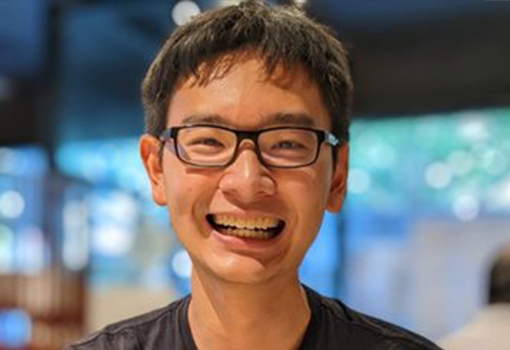
Alex Mei, 2023 University Award of Distinction recipient
Computer science graduate student honored for dedication to student success.
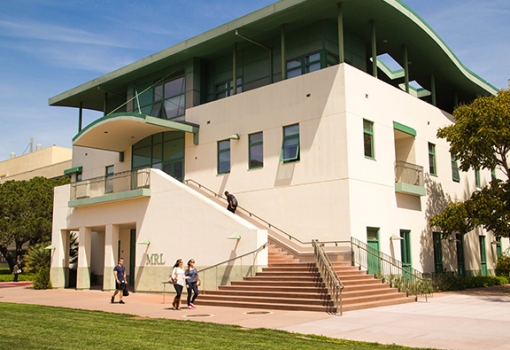
UC Santa Barbara’s Materials Research Laboratory (MRL) has received its seventh consecutive major grant from the National Science Foundation.
The Materials Research Laboratory received its seventh consecutive major grant from the National Science Foundation.
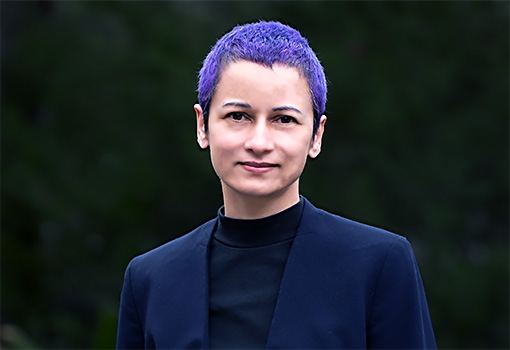
Computer science assistant professor Misha Sra. Photograph by Lilli McKinney
The UCSB computer science assistant professor is using AI to make all kinds of learning accessible.
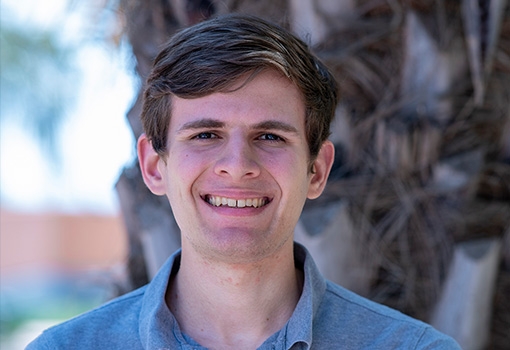
Evan Pretti, chemical engineering PhD Student
The software fellowship will allow Evan Pretti to provide insight into neurodegenerative diseases such as Alzheimer's disease.
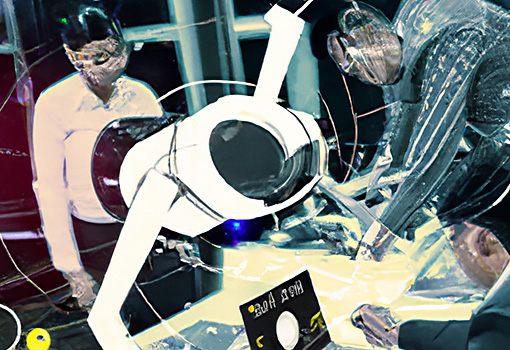
Receding levels of AI reality: An AI-generated image depicts engineers working on an AI-enabled robot.
The team earned $100,000 for the two-year effort, which wrapped up in May.
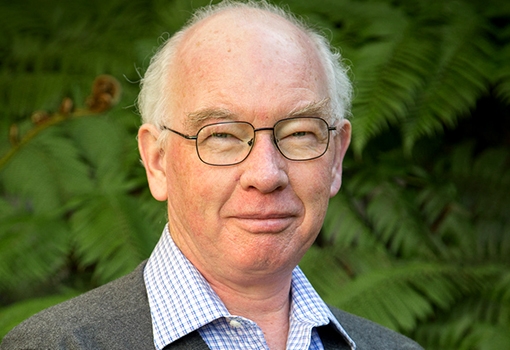
Robert McMeeking, distinguished professor of mechanical engineering and materials
Robert McMeeking receives the 2023 Platinum Medal from the Institute for Materials, Minerals & Mining.
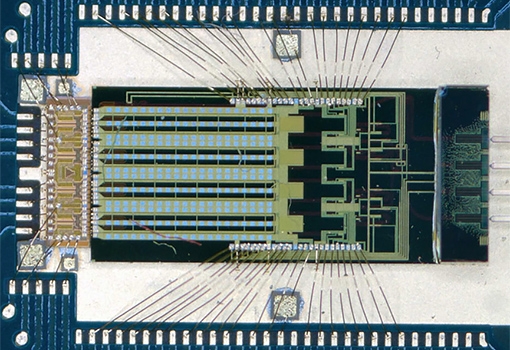
An image of the newly developed transmitter assembly. The small, brownish chip on the left is the electronic integrated circuit (EIC), and the larger, black-and-gold chip on the right is the photonic integrated circuit (PIC). The long structure on the left side of the PIC is the modulator, which converts the electrical signal into an optical one. Light gets coupled into and out of the chip through the fibers on the right side of the PIC. Everything is mounted on a printed circuit board (PCB), with gold wire bonds connecting the chips. Data flows from left to right, where the incoming electrical signal gets amplified by the EIC, converted to an optical signal by the PIC, and sent out via fiber to its destination.
Holistic co-design of photonics, electronics, and packaging enables faster, more-efficient data transfer.
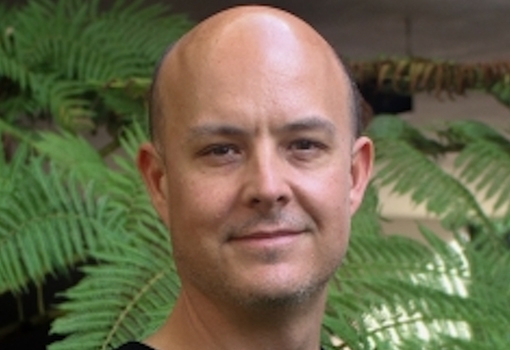
MIchael Gordon, chemical engineering professor and AVS Fellow
He was cited for advances in the synthesis in multiple aspects of nanostructured materials.
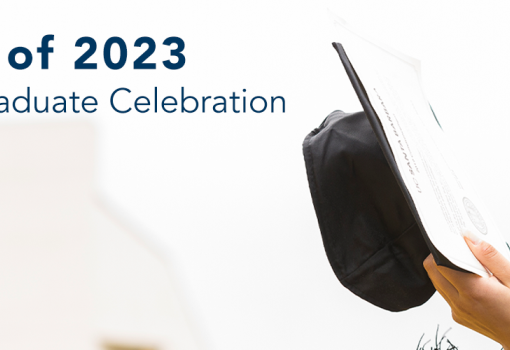
COE Salutes the undergraduate Class of 2023! Read about this year's award recipients and download a printable commemorative program.
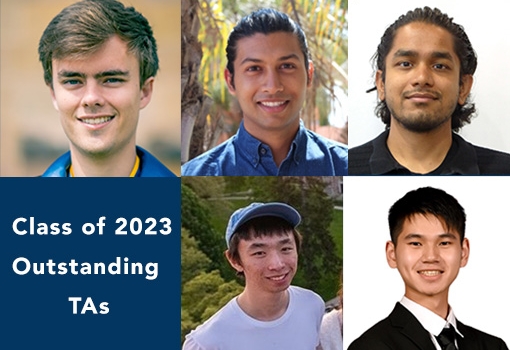
2023 Outstanding Teaching Assistants (clockwise from top left) Aleksei Dillon, Varun Hegde, Kunjesh Agashiwala, Min Jian Yang, Junrui Liu
Graduating seniors in each degree program selected one teaching assistant to recognize.